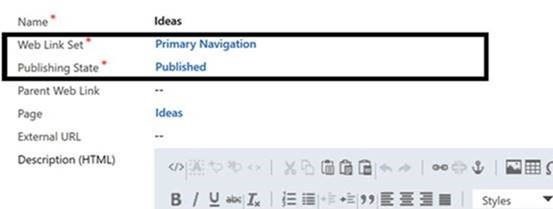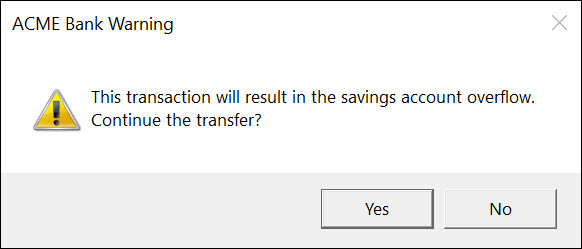Problem
Guido “Future Olive Farmer” Preite was not having any luck importing a solution:
This is the situation: Sandbox is 9.0.2.441, Production is 9.0.2.197. From the sandbox we exported a solution as managed, when we import to production we get the following error:
this solution package cannot be imported because it contains invalid xml…
The technical details log starts with: The element ‘savedquery’ has incomplete content. List of possible elements expected: ‘LocalizedNames’.
Solution
Jason “The Coldest MVP” Cosman serving the truth:
If you determine which view it is missing from [the solution] then change the name of the view and publish. Than change the view name back and publish the solution. You then can export the solution and import with no issues.
Thank you
(For the record: time to response – 19 minutes. Gotta love SLAs of the MVP family. – t.j.)
Guido is back in business:
Your fix to rename the view worked, thank you very much. I manually searched for the view inside the XML (hint: that’s the way to find the offender – t.j.)
(Facebook and Twitter cover photo by Drew Graham on Unsplash)
 of the
of the





 We did mentioned in the
We did mentioned in the 
